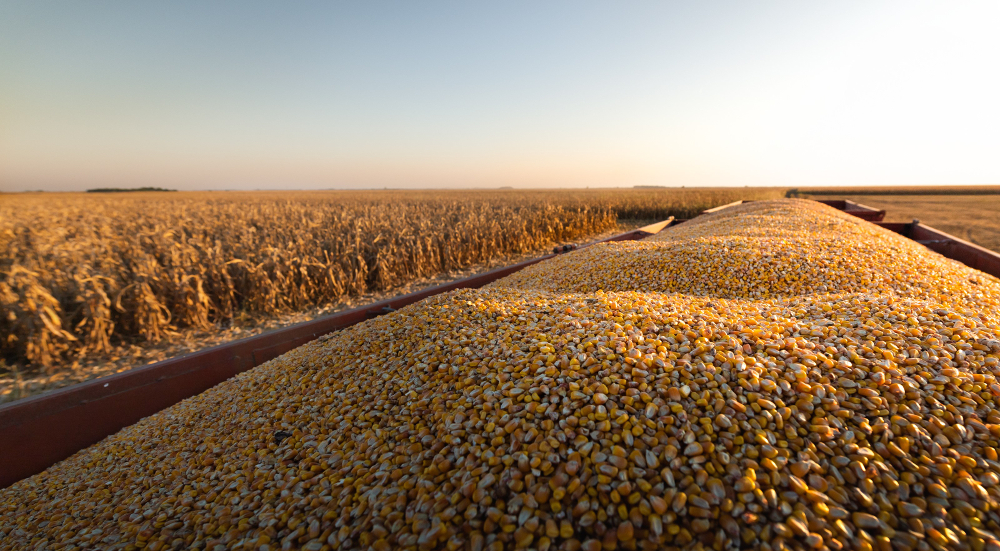USDA ERS report outlines impressive gains in U.S. agricultural productivity, mostly made possible thanks to improving crop genetics and other farm tech.
The U.S. total farm output has nearly tripled from the 1948 level in 2021, mostly thanks to technological advances including improved crop genetics, chemicals, equipment and farm organization, according to a recent US Department of Agriculture Economic Research Service (ERS) Productivity Growth in U.S. Agriculture report.
The increased productivity, which averaged 1.46% per year over the 73 years analyzed, is “widely agreed to be the top contributor to the economic growth of US agriculture,” the report explained.
During that time period, the aggregate number of inputs used in farming decreased 0.03% annually, or a total of 2.0% overall. This means that the growth in agricultural output is mostly due to increased productivity, which has increased an average of 1.49% annually since 1948.
Growth in productivity is measured as total factor productivity (TFP): a measure of how much agricultural output is produced from the combination of all inputs in the production process (ie: land, labor, capital, and intermediate). Annual TFP represents the difference between the growth of total outputs versus the total inputs invested or, in other words, production efficiency, taking into account changes in input quality such as chemical efficacy.
“As a result, long run agricultural productivity growth is driven by innovations in on-farm tasks, changes in the organization and structure of the farm sector, and research aimed at improvements in farm production,” explained the USDA ERS report, noting that changes in agricultural productivity measurements can also be affected by random events like weather.












